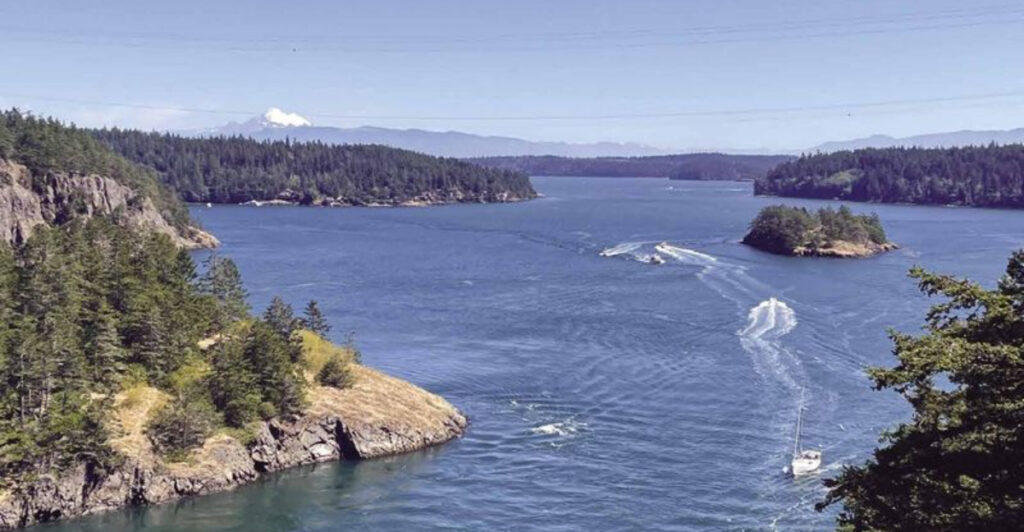Seattle is known for its coffee, Space Needle, and rainy days, but a more mysterious attraction lurks beneath Puget Sound’s choppy waters. For generations, stories have circulated about a serpentine creature gliding through these Pacific Northwest waters. The legend of this sea monster, often called Cadborosaurus or simply ‘Caddy,’ has become as much a part of Seattle’s identity as its famous skyline.
The Mysterious Cadborosaurus: Puget Sound’s Elusive Resident
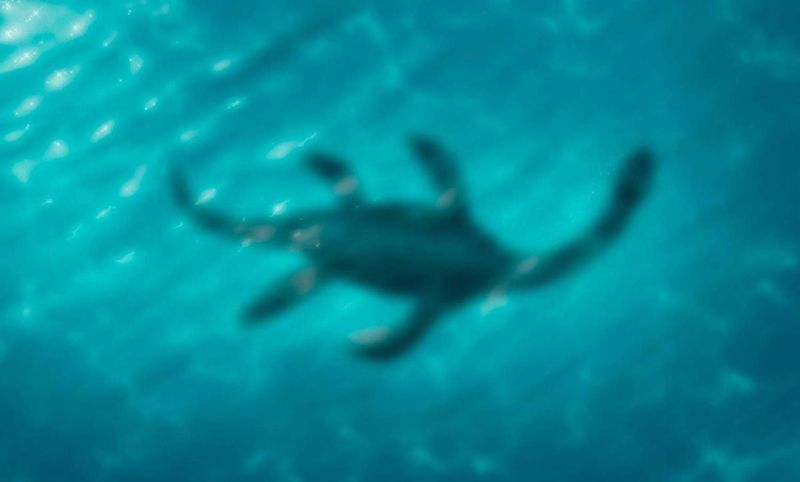
Fishermen returning to Seattle’s docks have whispered tales of a long, undulating creature with a horse-like head surfacing near their boats for over a century. Cadborosaurus, affectionately nicknamed ‘Caddy,’ has been spotted from Elliott Bay to Deception Pass, leaving witnesses both amazed and puzzled.
Most descriptions paint a consistent picture: 40-70 feet long with a serpentine body, humps breaking the water’s surface, and that distinctive camel or horse-like head. Unlike the infamous Loch Ness Monster, Caddy sightings aren’t limited to murky, distant shapes.
Some mariners claim close encounters within mere yards of their vessels. A 1937 account from Captain Paul Sowerby described the creature swimming alongside his ship for over 30 minutes—long enough to confirm it wasn’t a known marine animal.
Ancient Roots: Indigenous Perspectives on the Sea Serpent
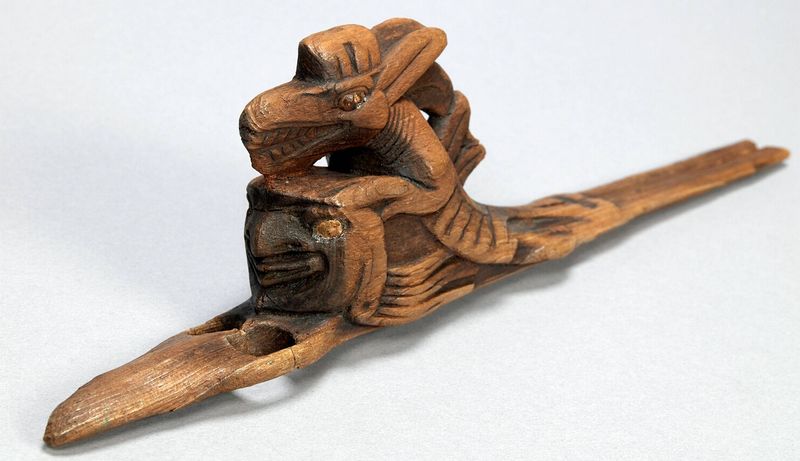
Long before settlers arrived on Puget Sound’s shores, Coast Salish peoples recognized powerful beings in these waters. Their traditional stories speak of two-headed sea serpents and transforming creatures with supernatural abilities that could capsize canoes or grant spiritual power.
Carved onto ancient petroglyphs and ceremonial masks, these serpentine figures weren’t viewed as monsters but as spiritual entities deserving respect. The Tulalip, Duwamish, and other tribes incorporated these beings into their understanding of the natural and supernatural worlds existing in harmony.
When European settlers began reporting strange creatures in the late 1800s, they were merely confirming what Indigenous communities had acknowledged for thousands of years. Many anthropologists believe today’s Caddy legend represents the collision of Indigenous knowledge with Western scientific curiosity—a cultural bridge spanning centuries.
Notable Sightings: When Seattle Met Its Monster
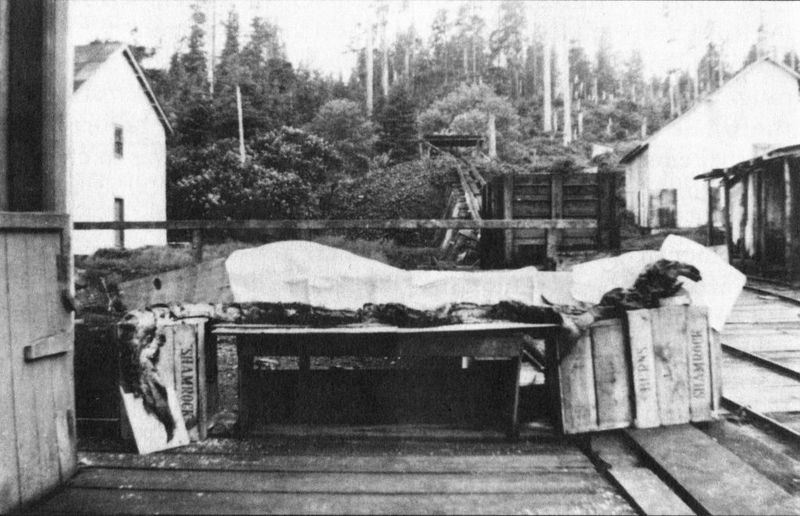
October 1992 marked a watershed moment for Seattle’s sea monster lore. A Washington State ferry captain and several passengers reported a massive serpentine creature swimming alongside their vessel during a routine Elliott Bay crossing. The incident made front-page news when multiple witnesses corroborated the same details.
Earlier, in 1963, two fishermen near Tacoma claimed a creature with “eyes the size of dinner plates” surfaced beside their boat, creating a wake that nearly capsized them. Their description matched accounts from British Columbia waters decades earlier.
Perhaps most compelling was the 1934 discovery near Nanaimo, BC, when workers at a whaling station photographed what appeared to be a baby Caddy carcass with a distinctive horse-like head. Though the specimen was lost during World War II, the photos continue to intrigue cryptozoologists and marine biologists alike.
Scientific Explanations: Debunking or Confirming?
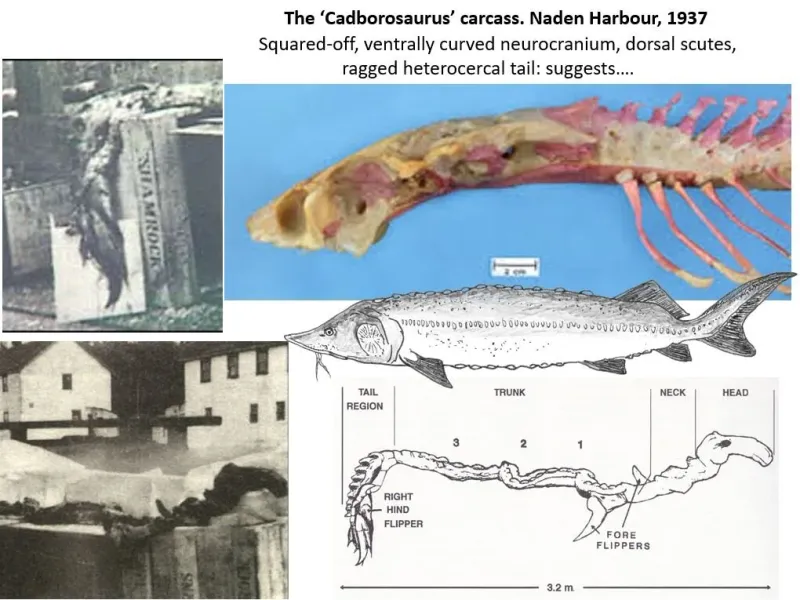
Marine biologists from the University of Washington have offered several explanations for Caddy sightings over the years. A row of porpoises swimming in formation, their dorsal fins breaking the surface sequentially, can create the illusion of a single undulating creature. Giant oarfish, reaching up to 36 feet long, occasionally wash ashore, fueling speculation about even larger specimens living in deeper waters.
Skeptics point to floating logs or debris carried by Puget Sound’s currents as potential culprits. When partially submerged, driftwood can mimic the appearance of a serpentine body, especially in choppy conditions or poor visibility.
Yet proponents like Dr. Paul LeBlond argue that over 200 documented sightings exhibit consistent characteristics that don’t align with known species. The debate continues in academic circles, with some researchers conducting seasonal expeditions in hopes of gathering definitive evidence.
Modern Monster: How Caddy Shapes Seattle Culture Today
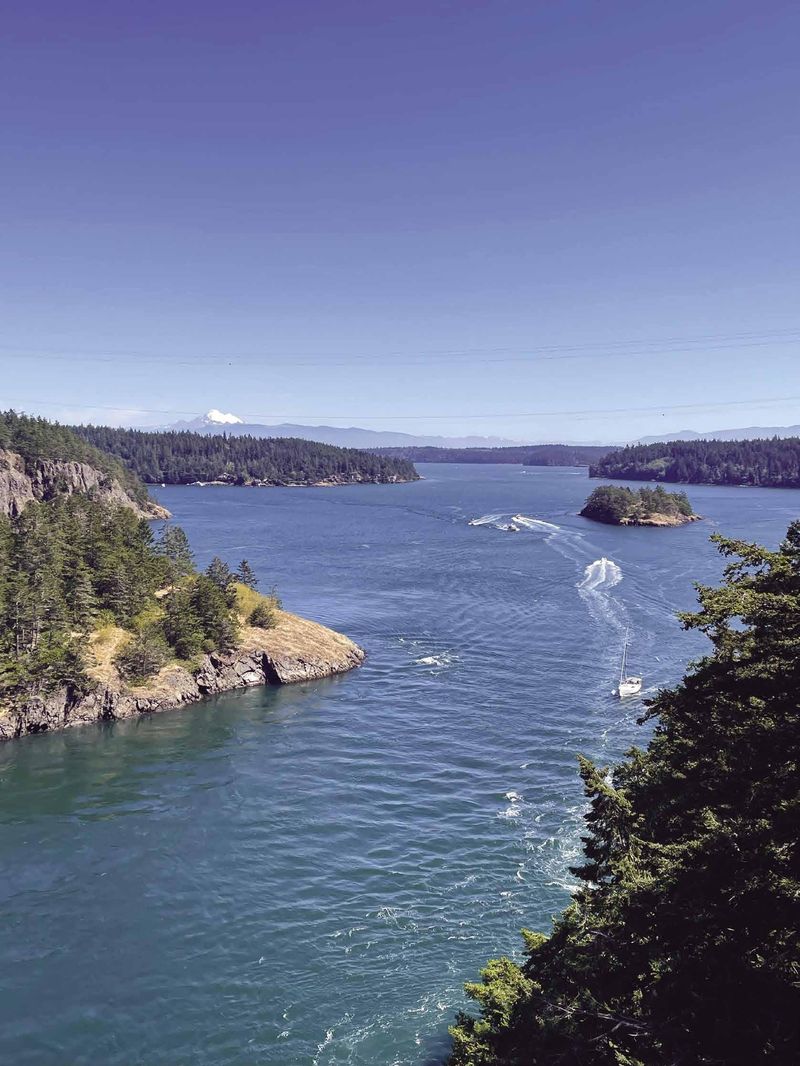
Walk into certain Seattle waterfront gift shops and you’ll find Caddy plushies nestled between Space Needle snow globes and coffee mugs. The sea monster has transcended mere legend to become a quirky cultural mascot for the city, appearing in local brewery logos, children’s books, and even as the namesake for an annual paddleboard race across Elliott Bay.
Filmmaker Oliver Tuthill Jr. embraced the legend with his indie documentary “Willatuk: The Legend of Seattle’s Sea Monster,” blending historical accounts with dramatic reenactments. Though critically panned, it developed a cult following among Pacific Northwest cryptid enthusiasts.
Each summer, the Seattle Aquarium hosts “Monster Weekend,” educating visitors about the marine science behind the myth while acknowledging the creature’s place in local folklore. Whether fact or fiction, Caddy represents something uniquely Seattle—a blend of maritime tradition, indigenous wisdom, and the enduring mystery of the deep.

